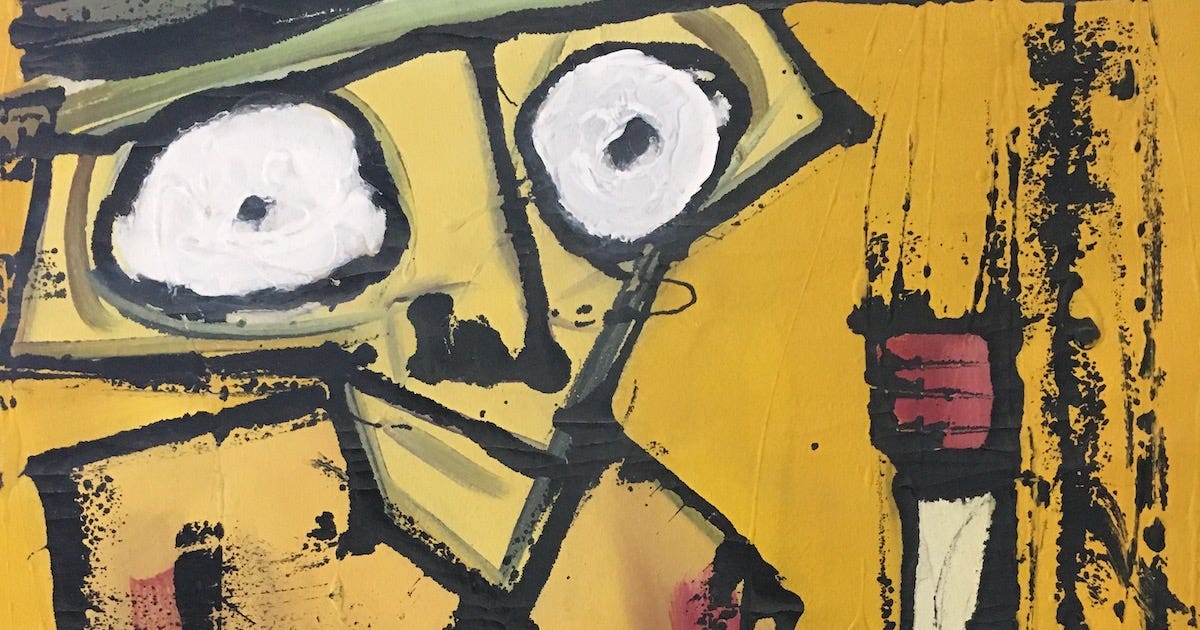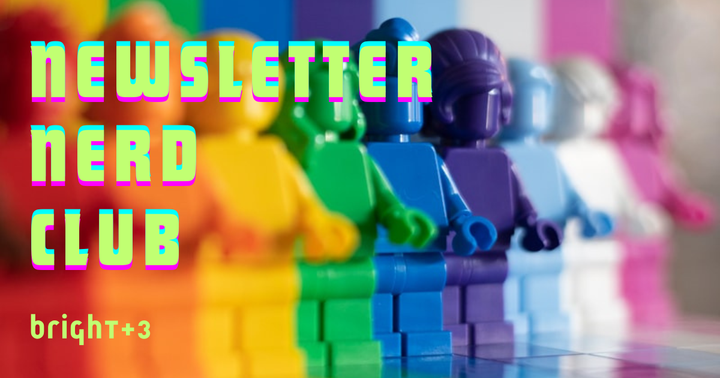Belonging, membership and uncertainty
How we expand or exclude belonging in our organizations matters now more than ever.
Hi there. What’s important about belonging and membership in times of chaos and uncertainty?
Don’t focus on the presence of belonging but its types.
And its power for good: to support and bring us together.
And its power for not so good: to normalize separation and violence.
Everyone deals with chaos and uncertainty in their life. Most have family or friends to fall back on. Some work with therapists. Others have trusted mentors.
Most all of us have community… organizations or gathering places where we engage in routines with others. By that I mean things like PTA meetings or practices at your kid’s school or after school activity, a gym or yoga studio, a community group, a book club, Sunday church services or mid-week choir practices, a weekly trivia game at the neighborhood bar, or a regular dinner gathering with neighbors. It could be anything.
The commonality is belonging, membership, community. Casper Ter Kuile writes about the power of shared practices and belonging in The Power of Ritual.
Which gets us to 2020. A year in which we seem to be content to acclimate…even leaving whole communities, states and individuals to “deal with it.” In the US we have a (still) very uncontrolled pandemic. We have wildfires across the West. Hurricane after hurricane in Louisiana. And derechos in Iowa.
Add to this election year disinfo, state violence on city streets and domestic terrorists plotting kidnappings. The zone is so flooded we can’t remember what it used to look like.
Acclimating to the chaos
A recent edition of Anne Helen Petersen’s Culture Study newsletter was headlined Habituation to Horror. Petersen ruminates on how people acclimate and adapt to crisis. We all have to keep on keeping on…going to work, paying bills, sending kids to school, feeding the dog, caring for our parents.
It’s not so much that we adapt. Of course we adapt. Even during collapse.
Indi Samarijiva points out that more Americans have died of COVID-19 in six months than Sri Lankans died in the 30 years of civil war he lived through. Samarijiva notes the individuality of persistence:
This can’t be collapse, because nothing’s collapsing for me.
Petersen notes the individuality of American narrative. And also the collectivism of our history.
Many attribute these behaviors to our Americanness: to the cult of the individual, to our general resistance to systemic or longterm thinking. But solidarity has historically been an American trait; so, too, has collectivism, and community, and generalized commitment to the greater good.
The American narrative tells us to “deal with it” and if you’re not strong – individually strong, moral and right – then, well, that’s your problem. The reality is different, of course. The mental health impacts of climate disasters and sustained crises are just now washing up on our collective shores.
Types of belonging and membership
Membership in a group, club or community gathering offers belonging. More important, it offers support in times of struggle. (Also important, it offers congratulations in times of success!)
Today’s drumbeat of noise and chaos is intended to separate the bigger “we” of America. We read stories that sort people by political party, right/left, black/white/brown, urban/rural, hillbilly/redneck/elite, Ford F150/Nissan Leaf owners.
We see COVID-19 spread charts with accompanying narratives that seem (at times) to reinforce these divisions. In March it was an urban blue state pandemic. In September a midwestern red state pandemic.
But these are national messages. The tone of which is louder and more shrill in an election year.
Our day to day is (I think) lived more locally. In times of national crisis we look to friends, family and community. We look to the groups we belong to for guidance. And reinforcement of our existing biases.
But there are different types of belonging and membership. One can belong to and be supported by groups that commit atrocities, uphold exclusionary policies and simply normalize racism and violence.
What is the role of community groups, membership organizations, even health clubs (at least those that espouse “community”) in NOT letting us acclimate to division or hate?
The “how” of belonging, care and civility is taught at home and school. But it’s also modeled and reinforced in clubs, groups, politics and local gatherings. It’s up to us to put powerful tools for community – not only individualism – into our organizations, our governments, our neighborhoods, our politics. This is work for community organizers, conveners and civic organizations.
Sensemaking
[1] Membership Puzzle’s Membership Guide is FULL of data, experiments, results, proven insights and general membership goodness. Targeted at journalism startups there’s value here for anyone running a membership program.
[2] “Compassion Fade” has something to do with how we can acclimate to 200,000 COVID-19 deaths. Or at least feel numbed into inaction. Olga Khazan writes about America’s failure of empathy.
[3] Can you really belong in a Post-It Note City? Civic design, participation, what it means to be in community and “engagement theater.”
[4] It’s hard to engage when there’s little or no city journalism happening. Northwestern journalism prof Dan Kennedy on the Colorado Sun and other startups trying to fill the void left by Alden and other companies destroying journalism.
[5] How High Country News is evaluating and changing the accepted narrative of “the West” and all the manifest destiny, colonialism and white supremacy baked into it.
[6] Check out Ani Hao’s New Wave newsletter exploring global youth and feminism. Smart.
[7] I cringe-lol’d at this headline: To Mend a Broken Internet, Create Online Parks. It evokes (for me) misplaced faith in a Snowcrash world of online avatars and virtual instead of real interaction. But we’re already most of the way there, aren’t we? The problem is privatization of community. That creates opaqueness and toxic incentives. In fact, there are great reasons to pursue commons and truly public spaces online. Membership folks and community builders should pay attention.
[8] We need to stretch our imagination muscles, particularly when stuck. That could be in a place, idea, way of thinking.
The worlds of humans are made of the fabric of memories, stories, beliefs, hopes, daydreams, myths and projects. And most of them we explore, visit and construct through imagination.
[9] Get yourself some Slow Content. Love this opening from the brilliant UK content strategy team Contentious:
The web can make the world a better place. But its potential to thrive is under threat from technocracy and the algorithm, from myopic corporate and municipal worldviews, from the idea that it’s only there to allow people to complete tasks, from the attention economy and the misapprehension that anything with value is ultimately a transaction of one sort or another.
[10] Those who are dead are not ever gone by Bonaventure Soh Bejeng Ndikung explores geography and the origin and sustenance of culture amidst exploitation and othering by the powerful.
What we’re working on…
The how, why and what of futures work in narrative change projects from Narrative Initiative. Pulls together thinking from dozens of communicators, advocates, futurists, artists and systems thinkers.
If we can create plausible stories about different futures, we create a foundation for decision makers, campaigners, and communities to influence the process of change.
- Alex Evans and David Steven
Current mood

Like this? Forward to a friend, comment, share on the social media platforms, and say hello (aka click reply and send some feedback this way).
Be well.


